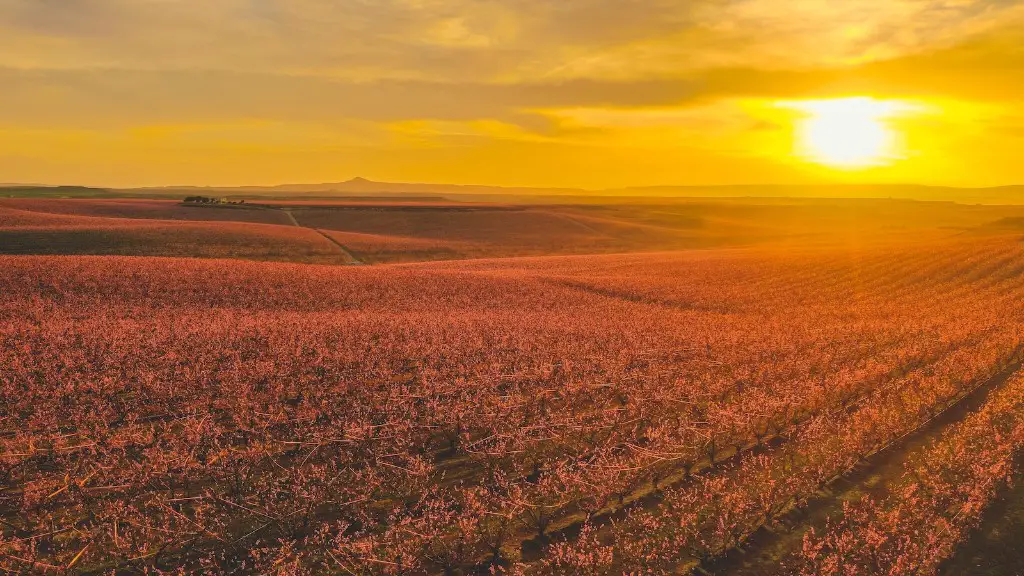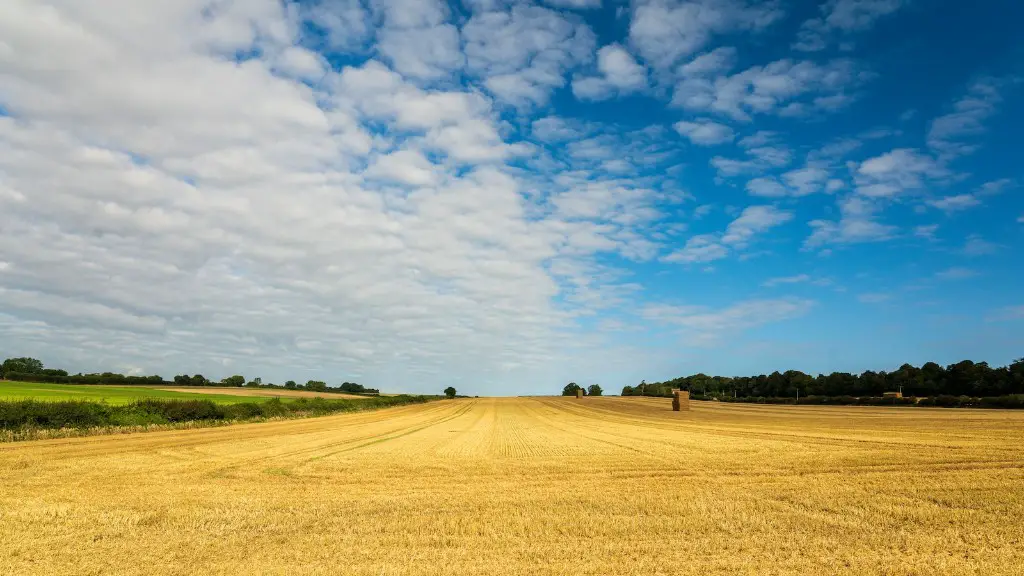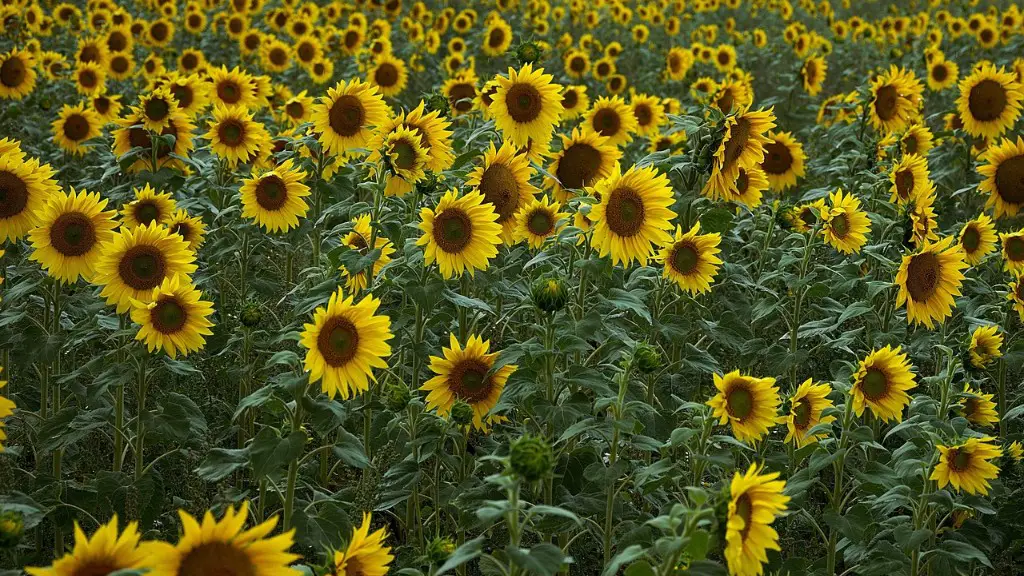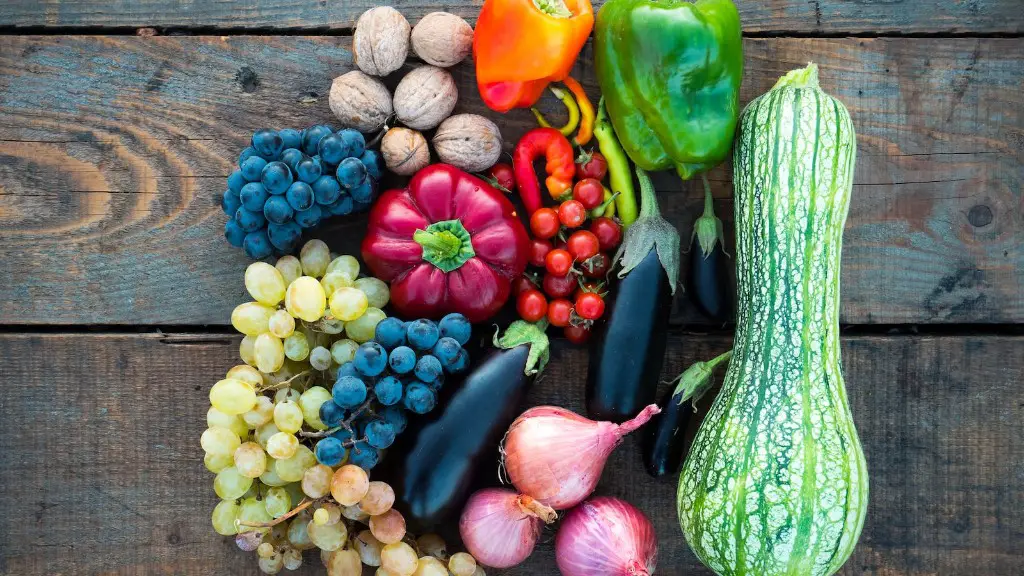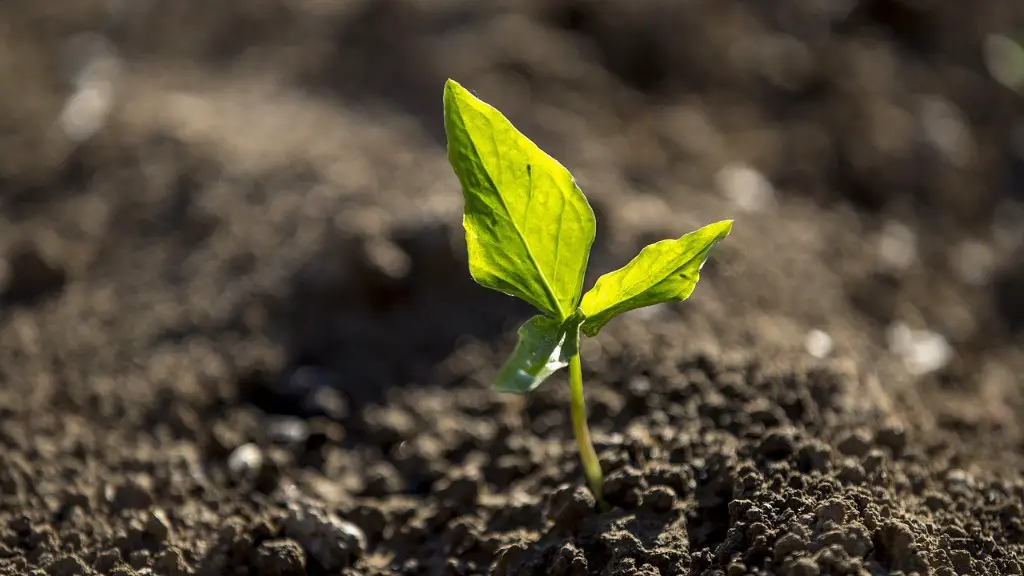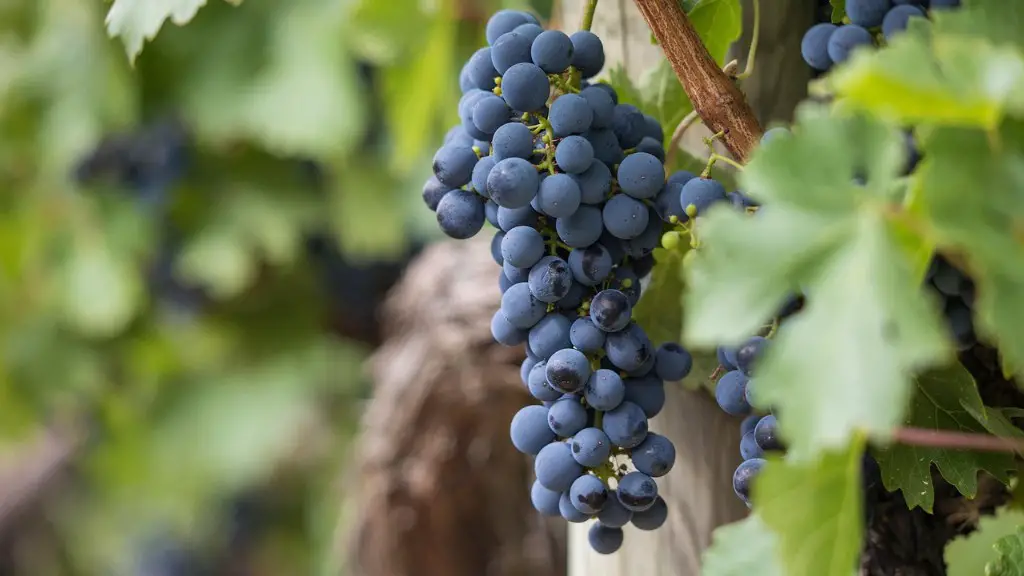Agriculture has been an integral part of humans’ development throughout centuries. It has shaped our societies, helped civilizations grow and has given us much of the food we consume today. But how exactly did it evolve?
The beginnings of agriculture date back to about 10,000 BCE when hunter-gatherers in the Fertile Crescent realized their ability to select, cultivate and store certain plants. This pivotal moment was marked by the beginning of what we now call farming. They had started to grow crops like wheat and barley in Mesopotamia and sheep, goats and pigs in the area of the Middle East known as Anatolia. These plants and animals which were initially gathered in the wild now started to be cultivated by humans, changing the food supply of the time.
Humans experimented with new species until agriculture became a main source of food for most of the population. This transition, also known as the Neolithic Agricultural Revolution, included the development of new tools and strategies to maximize crop yields and the development of irrigation to increase the amount of arable land. Other innovations included the development of selective breeding and the domestication of animals, an important part of sustainable agriculture.
Agriculture continued to rapidly evolve in the Middle East and in Central America, where the practice of terracing was developed. This technique allowed the cultivation of crops on steep hills, using terraces, which also helped preserve the soil and increase yields. Crop rotation, an early form of soil management, soon became another key factor in successful crop production.
In the 1600s, the western world witnessed the development of the mechanical seed drill, which significantly increased the efficiency of planting. The development of the chemical fertilizer further revolutionized the industry by replacing organic fertilizers, providing a reliable supply of nutrients to crops. In the 1900s, the first genetically-modified crops were created, resulting in hardier crops with better resistance to pests and balanced nutritional value.
The development of modern machinery such as the tractor and other technological advances have enabled farmers to significantly increase yields and reduce labor costs. The most recent advancements in the area include Drones, Automated Tractors and Intelligent Monitoring Systems, which allow for more efficient crop management and improved sustainability.
GMOs
GMOs, or genetically modified organisms, are one of the biggest advances in agriculture over the last few decades. GMOs are organisms whose genetic material has been artificially altered, often to make them resistant to herbicides or to produce their own insecticides. This makes them more resistant to insect damage, which reduces the need for insecticides, and increases their yield potential. Although there are some concerns about their safety, GMOs have been embraced by many farmers as a way to increase yields and reduce inputs.
GMOs also offer more nutrition than their non-GMO counterparts, since they can be engineered to contain more of desirable nutrients. This allows for more efficient ‘food-sensing’, as farmers are able to harvest food that is more nutritious and thus, more valuable overall. Additionally, GMOs can be used to produce what we know as ‘functional foods’ -foods that are tailored to offer specific health benefits.
The adoption of GMOs by some of the world’s largest food-producing countries and companies has made them increasingly important in the agricultural world. In the US, almost 90% of the corn and soybeans planted are GMOs. In Europe, while serious concerns remain, the acceptance of GMOs has improved, with most countries now allowing at least some GM varieties to be grown.
Ultimately, GMOs are becoming an essential part of modern agriculture, with their potential to offer health benefits, as well as improved yields and greater sustainability. However, challenges remain in their acceptance by the public and there is an ongoing debate about their potential risks. Ultimately, the potential of GMOs remains an important subject of exploration in the farming world.
Green Revolution
The Green Revolution was a period of rapid agricultural growth that began in the 1960s and was characterized by the widespread use of advanced agricultural technologies such as advanced irrigation systems, chemical fertilizers, and pesticides. This period saw global food production rise significantly, helping to reduce global hunger and allowing for rapid population growth. The Green Revolution, however, also had its share of critics, who highlighted the environmental and social impact it had due to the increased use of chemicals and irrigation.
The main driver of the Green Revolution was Norman Borlaug, whose work resulted in the development of Dwarf Wheat, a short-stalked variety of wheat that significantly increased yields. His work also included the promotion of high-yielding seeds and chemical fertilizers, as well as the promotion of irrigation and pest control. These advancements allowed farmers to produce more food with less labor, transforming agricultural production in many parts of the world. India, for example, was able to triple its wheat production.
The introduction of high-yielding varieties, however, came with some unintended consequences. Many of the new varieties are susceptible to pests and diseases, requiring more pesticide use to maintain their yields. This, in turn, has polluting consequences that have been linked to decreased soil fertility, as well as surface and groundwater contamination.
Furthermore, the Green Revolution also created a new reliance on inputs such as fertilizers and pesticides. This has led to the issue of over-dependence on external inputs, which can reduce soil fertility, increase costs, and lead to a reliance on industry instead of farmers’ own knowledge of agroecological farming practices. As a consequence, the Green Revolution has been linked to a variety of negative effects.
Despite the criticism, the Green Revolution has undoubtedly been a major force in increasing agricultural productivity and reducing hunger around the world. While its effects aren’t universally positive, it is important to remember that it has helped to provide food for a rapidly growing global population.
Organic Farming
Organic farming is a form of agriculture that focuses on the use of natural inputs and sustainable practices, such as crop rotation, composting and integrated pest management. This method of food production is seen as a way to produce food in a way that is healthier for the environment and for the consumer. It also offers an alternative to the current industrial farming system, which is associated with a variety of negative impacts.
Organic farmers avoid using synthetic fertilizers and pesticides, choosing instead to employ organic methods while working in harmony with nature. Rotating crops, using cover crops, and using composted manure are a few of the practices used in organic farming to increase soil fertility and reduce pest and weed pressures.
Organic farming also strives to reduce input costs by relying on locally-produced inputs such as cover crops and manure. This also helps to reduce reliance on external inputs and increases self-sufficiency. This method of farming is also seen as a way to keep farmers on the land, since costs are much lower and profits can be higher due to higher prices for organic produce. Moreover, organic farming can help to build healthier farm ecosystems, since it does not use chemical inputs, allowing for a more biodiverse system.
Organic farming is also attractive for consumers because products are free from synthetic chemicals. This helps to reduce health implications for consumers and improves the taste of food. In addition, organic produce and livestock are also often associated with higher nutritional content, since they are not exposed to harmful chemicals and because animals are usually raised in more humane and natural conditions.
Organic farming has grown rapidly in recent years, with more people becoming aware of its numerous benefits. However, it remains a niche type of farming, with most global food production still relying heavily on industrial farming methods. Nevertheless, it is an important alternative to current farming systems and, if adopted more widely, could help to reduce some of the most pressing issues facing the agricultural industry.
Urban Farming
Urban farming is an increasingly popular type of farming that seeks to address the challenge of feeding an ever-growing global population. It is a form of farming that is typically located in urban areas and can take a variety of forms, from rooftop gardens to vertical farms and urban apiaries. Urban farming offers many benefits, including the reduction of vacant land, improved access to fresh, healthy food for the local community, and a reduction in food miles.
Urban farming has been used as a tool for creating green space and for beautifying cityscapes. It has also been used as an educational tool, allowing urban dwellers to learn about farming and sustainable agriculture. This form of farming is also seen as a form of ‘urban resilience’, since it can help to ensure that adequate food is available locally in the event of a disaster or food shortage.
Urban farming is typically done on a comparatively small-scale, relying on the efficient use of space and using sustainable growing methods such as hydroponics, aquaponics and aeroponics. These systems allow farmers to maximize their space, while minimizing the amount of inputs needed. In addition, urban farms often engage in ‘closed loop’ systems which involve composting, recycling and reusing resources, such as water and nutrients.
Urban farming is also a way for people to learn about agriculture and to become empowered to make informed food choices. It is also a way for communities to come together in a positive way and to create social networks, both online and in person. This form of farming is also seen as a form of protest against the current food system, which is often viewed as unjust and unsustainable.
Urban farming is an attractive option for both farmers and consumers since it can provide access to fresh and nutritious produce, reduce reliance on external inputs, and provide short supply chains for food production. It also brings about numerous other benefits, such as reducing carbon emissions, improving social cohesion, and creating green spaces in urban areas.
